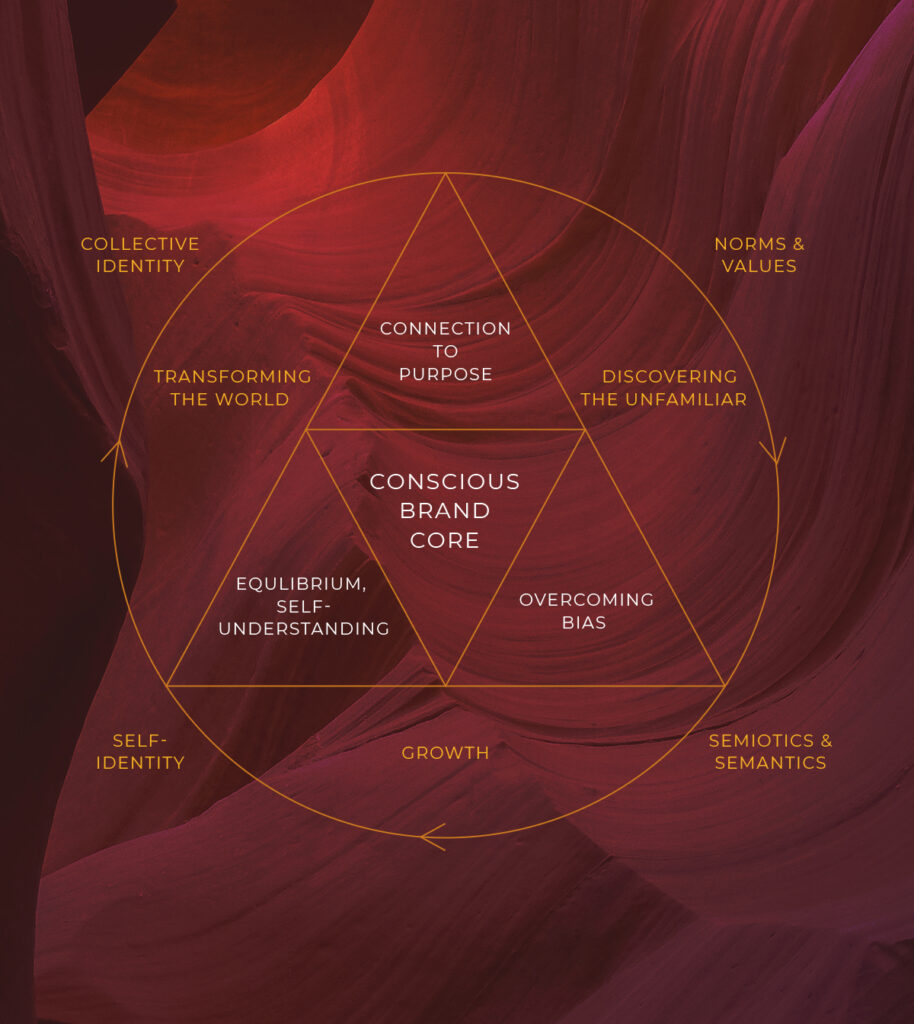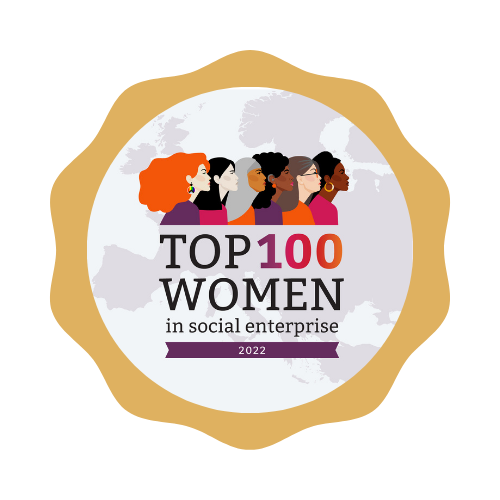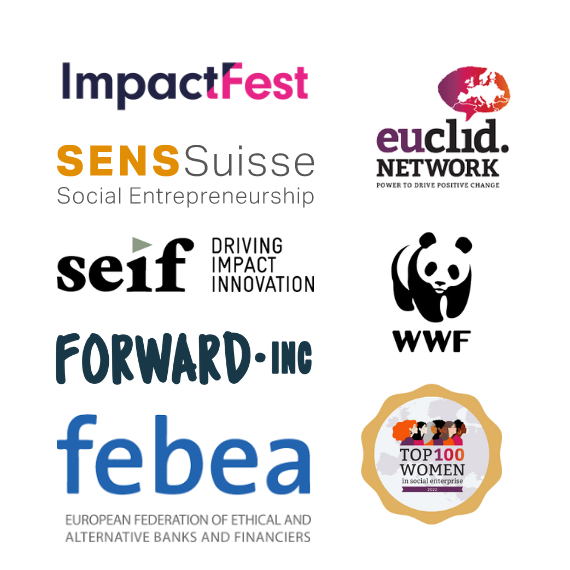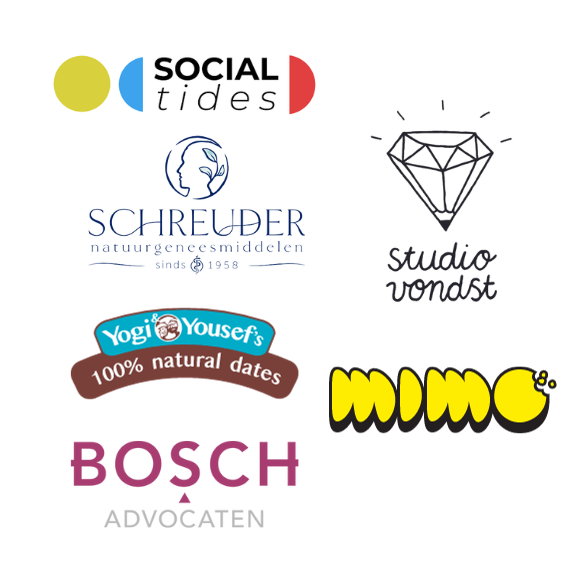Brand story. Two words and one question that I get asked quite a lot: can you get me some quick tips and tricks on how to make one? My answer is always the same: I’m very sorry to disappoint. You can expect quick tips when you ask for directions to a bus stop. When it comes to brand storylines it doesn’t work that way – what makes them good is the ability to capture hearts and minds. Our hearts and minds are products of our relationships with our identities – cities we have built, bodies we have embraced, kindred souls we’ve cherished, our memories, our dreams, the fears we hide, the pain we hold – identities that cannot be reduced to a collection of labels.
I’d say – this quote is the best definition of a brand (although completely unintended by its author Neri Oxman - interdisciplinary artist, designer, architect, and scientist). What about the story, might you ask? The brand and its story are like Starsky&Hutch – they are inseparable. You can’t have one without the other. You can’t have your brand story without understanding the brand. Let this be the beginning of our slow guide to creating great brand storylines.
Start with a brand. Mind: a brand is not a thing – it is a relational organism.
Let’s follow Neri Oxman’s thinking and look at a brand as a collection of attributes that form an identity. Identity is relational. Those relations happen on many levels: individual, collective, societal, cultural. Who you are as a brand – relates to the world around you. Those relations naturally change over time, yet how they are formed and why should remain unchanged if rooted in the consistent and wholesome brand identity. The broader and deeper the network of these relationships, the richer and more multilayered the brand identity. The richer the brand identity the bigger chance you’ll build a bridge connecting your brand with consumers' hearts & minds. How they think, and feel, what associations and convictions they have about what you offer or sell – that thing that makes them say ‘yes’ - that’s the brand.
Brand power is an inside-out capacity.
Powerful brands are synergetic and connective because they are relational. They can form relations from a strong identity. You can’t be the proud owner of one if you don’t know who you are. You can’t find that out without looking inside - into your ambitions, fears, threats and opportunities and finding out how they relate to the world outside. The zeitgeist, culture, and societal trends - that's your common ground with consumers’ hearts and minds: a ground fertile with nutritious values sprouting behavioural patterns that flourish on that land. This means that a lot of things that are crucial to the brand identity happen ‘under the ground’. Although not always visible – it is strongly relational. That inside-out identity is powerful because it says something not only about what your product does or how it looks - it says something about how your business relates to the world and its inhabitants.

Storylines are the roots of a brand.
If your brand was a plant, the culture & zeitgeist was the soil, the values are the nutrients nourishing it, what would the story be? Stories are the roots. If stories are like roots – it means that they can’t be magically created. They need to be found. That’s the thing about stories – they hide. You might not see them, but they are there, doing their work, plotting, unravelling, resolving, and making the brand plant grow and evolve. Trying to find that unique, mind-blowing, unforgettable story is a bit like a truffle hunt. The job ain’t easy, the job ain’t quick and fast, it takes time and practice – but – if you know what you are looking for – you shall find it, no doubt.
The human mind is a collection of storylines. So is the brand.
Stories can’t be magically created, they need to be found. What am I talking about? Here it goes: stories are coded in the human mind. In fact – the human mind is a big storyline. Stories have been there since the dawn of time. The actors, the scenography, the costumes and the names –and all change across times and continents - but the structures of those stories remained pretty much unchanged. The question is how to look for those things. Enter hunter-gatherers of storylines.
Finding a story is like a walkabout.
We already learned that both - the story and the brand are relational. Those relationships are formed on many levels – from self-identity through collective identities – both relating to and influencing the cultural landscape and social capital. Imagine that story-gathering is like a walk-about around that whole, vast land. You’re probably thinking – can’t I order them online? Sure, you can also make them bionic and send them to the moon and back – still – that won’t change the fact that they’d probably taste flat.
The function of the story is to make the impossible possible – explain the world.
Way before Hollywood came to life, stories had already been imprinted on the mind screens of humankind. Magnificent, right? There was a guy called Claude Lévi-Strauss who made it into a science called structural anthropology. He became quite the celebrity as he discovered that the same stories were told in different cultures and languages, using different characters and plots but their structure is pretty much comparable, it has the same ‘fixed’ elements. Character, event and theme – three basic ingredients to every story. Yet, ingredients alone don’t make a delicious meal. You need to know what and how to mix. Enter the binary opposites. What does it mean? Two things that are in conflict, are tension, misalignment, and mismatch – its purpose is to be resolved into something digestible – we reconcile, and mediate until we get there. Thesis, antithesis, synthesis. Or – in other words – making sense out of an otherwise uncomprehensive world. That is what stories do, that’s their job.
Cracking the code
Roland Barthes was another thinker who took this approach to modernity and to mass culture. He added a bit more nuance and figured out that stories are more like relational networks. His work cracked the story codes. He used a lot of complicated words but what it comes down to is this
- The story is a sequence of events and actions. There is a chain of reactions between one thing happening and the other things resulting from it
- The story needs an enigma, a mystery, a puzzle, a riddle, and an invitation to go a little beyond the literal meaning or what is actually being said or shown
- The story is zingy when there is depth (double, triple, quadruple) of meaning – when what is being said points us to something else
- The story is even zingier when that meaning funnel can unfold that ‘opposite’ structure - this versus that leading us to reconciliation or a transformative learning
- By doing so the story points to the world around us – it opens our eyes to the enigma of our culture, and teaches us something about how we deal with that
The brand story is like an ouroboros
To sum up: to write a good brand story you can’t isolate one from the other. You need to do the work of exploring your brand universe – inside and out. There’s no way of finding your story if you don’t look at the world and communities around your brand. It helps if you know the story science and you can operate with archetypes, myths and symbols but you should remember that stories are already there – they just need to be found, and they need to come out. The deeper you get - the better the story you have to tell. The better the story – the less it is about just what your product does and the more is it about how it is a part of the world we live in. You can crack all the story codes – yet what fills those narratives with life is what makes the core of your brand unique and personal.
The brand and its story are like an ouroboros – a peculiar mythical creature eating its own tail and yet – keeping things endless, alive and nicely round.





